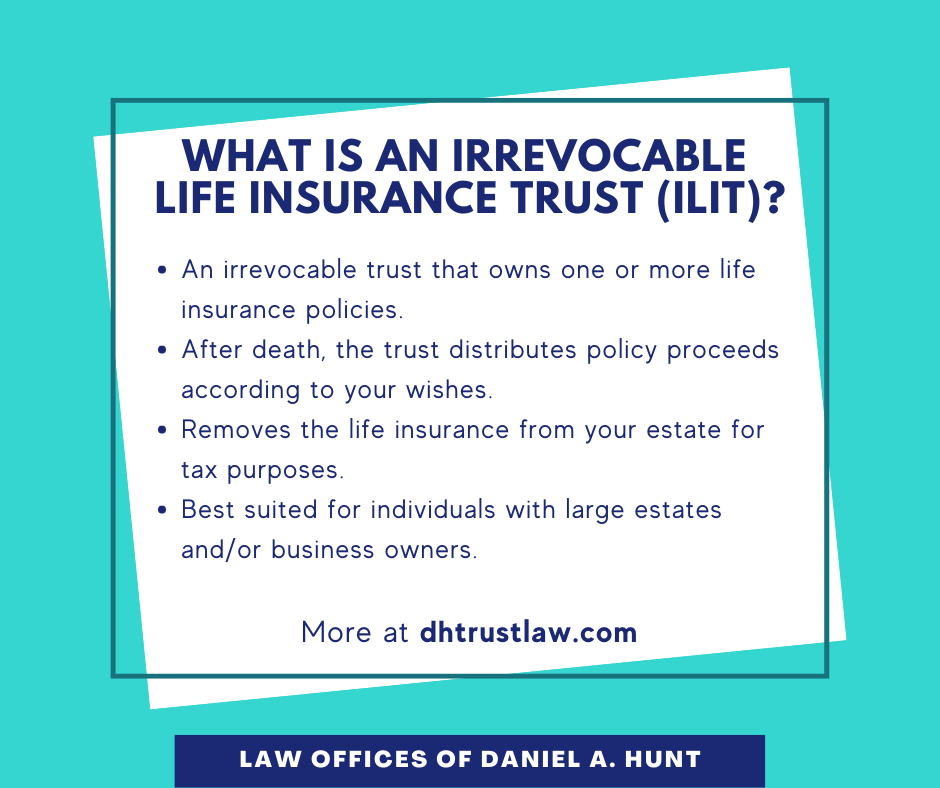All About Pacific Prime
All About Pacific Prime
Blog Article
Pacific Prime - The Facts
Table of ContentsWhat Does Pacific Prime Mean?What Does Pacific Prime Mean?The 15-Second Trick For Pacific PrimeThe 25-Second Trick For Pacific PrimeExamine This Report about Pacific Prime

This is because the data were accumulated for a duration of strong financial efficiency. Of the approximated 42 million individuals who were uninsured, all but concerning 420,000 (concerning 1 percent) were under 65 years old, the age at which most Americans become qualified for Medicare; 32 million were adults between ages 18 and 65, around 19 percent of all grownups in this age; and 10 million were youngsters under 18 years of age, concerning 13.9 percent of all children (Mills, 2000).
These quotes of the number of persons uninsured are created from the yearly March Supplement to the Existing Populace Study (CPS), carried out by the Demographics Bureau. Unless or else kept in mind, nationwide price quotes of individuals without medical insurance and percentages of the populace with various type of coverage are based on the CPS, the most commonly made use of resource of price quotes of insurance coverage and uninsurance rates.
Getting The Pacific Prime To Work

Still, the CPS is particularly beneficial due to the fact that it generates yearly estimates reasonably quickly, reporting the previous year's insurance policy coverage approximates each September, and since it is the basis for a regular collection of price quotes for greater than two decades, permitting for analysis of patterns in coverage in time. For these reasons, along with the considerable usage of the CPS in various other studies of insurance policy protection that exist in this record, we depend on CPS price quotes, with restrictions noted.

The price quote of the number of without insurance people increases when a population's insurance standing is tracked for several years. Over a three-year duration beginning early in 1993, 72 million people, 29 percent of the U.S. https://www.4shared.com/u/V2DOm1s8/pacificpr1me.html. populace, were without coverage for a minimum of one month. Within a solitary year (1994 ), 53 million people experienced at the very least a month without protection (Bennefield, 1998a)
Six out of every ten uninsured adults are themselves used. Although functioning does enhance the likelihood that one and one's relative will certainly have insurance, it is not a warranty. Also members of households with two full-time breadwinner have nearly a one-in-ten opportunity of being uninsured (9.1 percent uninsured rate) (Hoffman and Pohl, 2000).
The Ultimate Guide To Pacific Prime
New immigrants account for a substantial Read More Here percentage of people without health and wellness insurance policy. One analysis has actually associated a significant part of the current development in the size of the united state without insurance population to immigrants who showed up in the country in between 1994 and 1998 (Camarota and Edwards, 2000). Current immigrants (those that concerned the United States within the past four years) do have a high rate of being without insurance (46 percent), however they and their youngsters account for just 6 percent of those without insurance policy nationally (Holahan et al., 2001).
The relationship between health insurance policy and accessibility to care is well established, as documented later in this chapter. The partnership between wellness insurance coverage and wellness end results is neither direct neither easy, an extensive medical and health solutions research study literary works web links wellness insurance policy coverage to improved accessibility to care, better top quality, and improved individual and population wellness condition.
Levels of evaluation for examining the impacts of uninsurance. It focuses particularly on those without any kind of health insurance for any length of time.
Pacific Prime - Truths
The problems encountered by the underinsured are in some areas similar to those dealt with by the without insurance, although they are generally much less serious. group insurance plans. Uninsurance and underinsurance, nevertheless, include distinctly different plan issues, and the strategies for addressing them may differ. Throughout this study and the 5 reports to follow, the major focus gets on individuals without any health and wellness insurance and thus no support in paying for wellness care past what is readily available through charity and safety and security internet institutions
Wellness insurance policy is a powerful factor influencing invoice of care since both clients and medical professionals react to the out-of-pocket price of services - https://href.li/?https://www.pacificprime.com/. Wellness insurance policy, nonetheless, is neither needed neither enough to get access to clinical services. The independent and direct impact of health insurance protection on accessibility to health and wellness services is well developed.
Others will get the healthcare they need even without medical insurance, by spending for it out of pocket or seeking it from carriers who use treatment free or at highly subsidized rates. For still others, health and wellness insurance coverage alone does not guarantee invoice of treatment due to various other nonfinancial obstacles, such as a lack of healthcare service providers in their neighborhood, minimal access to transport, illiteracy, or linguistic and cultural distinctions.
Get This Report about Pacific Prime
Official research study concerning uninsured populations in the United States dates to the late 1920s and early 1930s when the Board on the Price of Medical Treatment produced a collection of records concerning financing medical professional office visits and hospitalizations. This issue ended up being salient as the varieties of clinically indigent climbed up throughout the Great Clinical depression.
Report this page